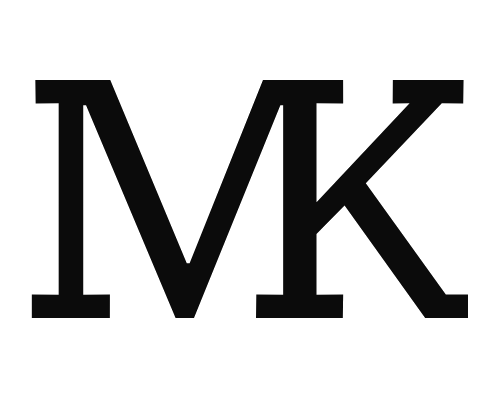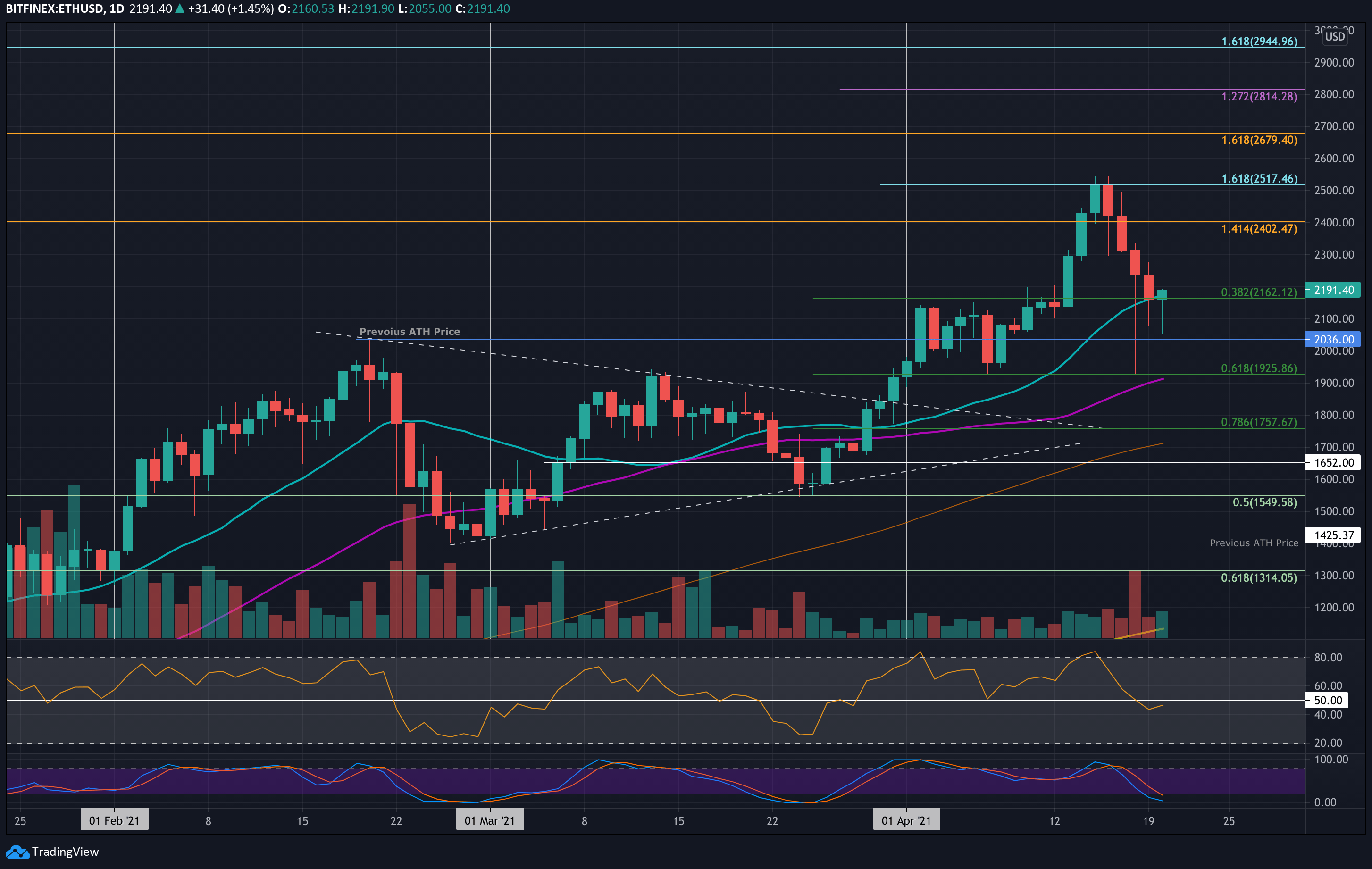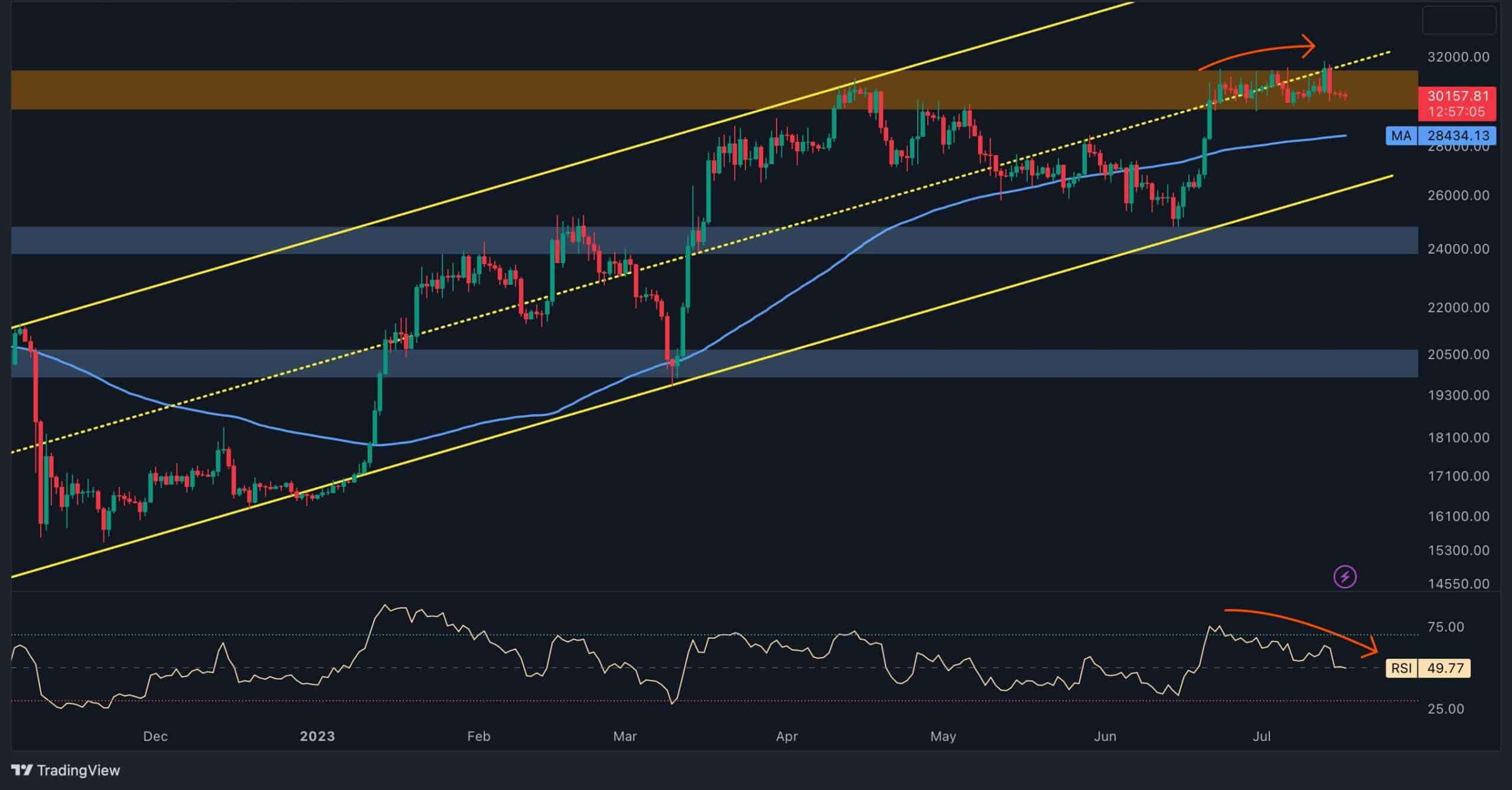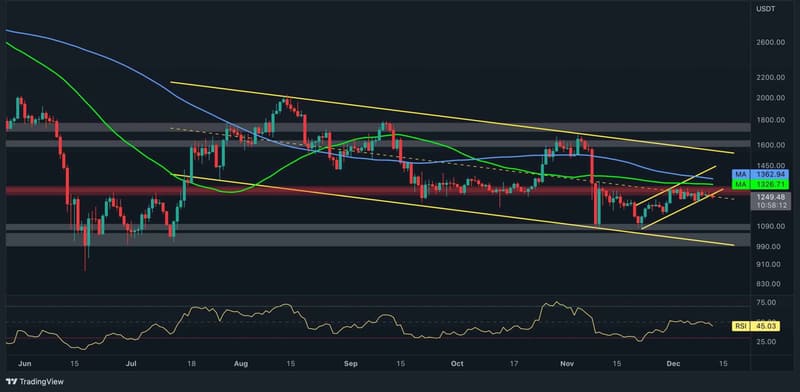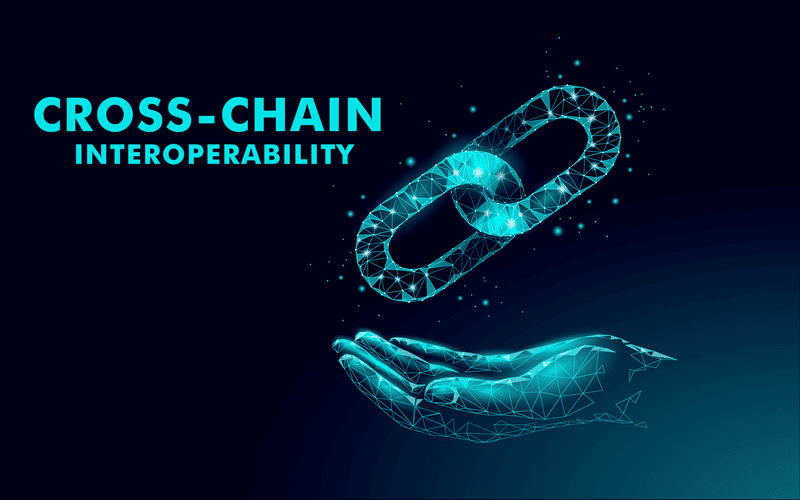
Cross-chain interoperability has emerged as a foundational concept for the expansion of decentralized ecosystems. In a fragmented blockchain space, where multiple chains exist with different protocols, the ability for these chains to communicate and share data is essential for achieving the vision of a fully decentralized web. As decentralized finance (DeFi) and other decentralized applications (dApps) grow, seamless cross-chain interactions are becoming a necessity, not just for enhanced functionality but for broader adoption. This post will delve into the technical solutions being developed to support cross-chain communication, explore the challenges of implementing such interoperability, and discuss the future trajectory of this space.
The Architecture of Polkadot and Cosmos: Hub-and-Spoke Models for Interoperability
Polkadot and Cosmos are two leading platforms that enable blockchain interoperability. Both networks use a hub-and-spoke model, allowing multiple blockchains (referred to as parachains in Polkadot and zones in Cosmos) to communicate with each other through a central relay chain or hub. Polkadot uses the Relay Chain as the central point of communication between its parachains, while Cosmos employs the Cosmos Hub and IBC (Inter-Blockchain Communication) protocol to link multiple blockchains. This architecture enables decentralized exchanges of value and data across chains while maintaining individual sovereignty and security.
Polkadot, designed by Dr. Gavin Wood (one of Ethereum’s co-founders), introduces shared security across chains. This means that any parachain connected to the Polkadot Relay Chain inherits the collective security of the entire network. Cosmos, on the other hand, gives each zone the ability to set its own security parameters while using IBC for cross-chain communication. While both solutions enable interoperability, they do so with different approaches, and both have their own trade-offs in terms of scalability, security, and flexibility.
Wrapped Tokens: Mechanism and Challenges of Creating Cross-Chain Assets
Wrapped tokens are a critical component in enabling assets to move across different blockchains. A wrapped token is a tokenized version of an asset from one blockchain that exists on another blockchain. For example, Wrapped Bitcoin (WBTC) is a tokenized version of Bitcoin on the Ethereum network. These wrapped tokens are usually backed 1:1 by the original asset, allowing users to interact with assets in a chain that might otherwise not natively support them.
The process of wrapping tokens typically involves a custodian or smart contract mechanism that locks the original asset on its native blockchain and issues an equivalent amount of wrapped tokens on the destination chain. While wrapped tokens are vital for enabling liquidity and interoperability between chains, they also introduce some challenges. There are risks related to custodial control (in centralized solutions) and liquidity management. Furthermore, ensuring that wrapped tokens retain the full value and integrity of their underlying assets is a key issue, particularly when decentralized solutions are employed.
Cross-Chain Atomic Swaps: How They Work and Their Limitations
Atomic swaps represent one of the most promising decentralized mechanisms for cross-chain interoperability. They allow users to exchange one cryptocurrency for another across different blockchains, without the need for a centralized intermediary. The transaction is “atomic,” meaning it either happens completely or not at all, preventing the risk of one party not fulfilling their side of the deal.
The underlying technology behind atomic swaps typically uses hash time-locked contracts (HTLCs), which ensure that the swap either occurs in full or is rolled back if one party fails to complete their side of the exchange. This ensures trustless peer-to-peer transactions, removing the need for centralized exchanges.
However, while atomic swaps present a great deal of potential for decentralizing cross-chain exchanges, they also come with limitations. One challenge is that not all blockchain networks support the necessary protocols for atomic swaps. Additionally, the process of initiating and executing a swap can be complex for non-technical users, requiring specialized knowledge and the use of specific platforms. The liquidity available for cross-chain swaps is also a limiting factor, and as of now, the number of assets that can be swapped in this manner remains relatively low compared to the broader crypto market.
The Role of Interoperability in Decentralized Finance and Decentralized Applications
The growth of decentralized finance (DeFi) has made interoperability even more crucial. DeFi platforms rely on the ability to interact with multiple blockchains to provide users with access to a wide array of services, such as lending, staking, and swapping assets. By enabling interoperability between blockchains, platforms can provide a broader selection of tokens and liquidity pools, as well as offer more seamless trading experiences across different chains. For instance, users of decentralized exchanges (DEXs) can trade assets from various blockchains, provided interoperability between them exists.
The expansion of DeFi services into different blockchain ecosystems also presents a challenge when it comes to maintaining decentralized governance models and data integrity. This is where cross-chain interoperability becomes essential ensuring that governance tokens, collateral, and other DeFi assets can move freely across chains without compromising their value or security. This is particularly relevant as platforms increasingly seek to offer multi-chain products to their users, creating an environment where users can access a wider range of services without needing to leave the decentralized ecosystem.
Future Trends in Cross-Chain Communication and Interoperability Protocols
The future of cross-chain interoperability is bright, with many ongoing projects working to enhance and refine communication protocols. One trend is the development of interoperability layers that can connect multiple blockchain networks, making the entire ecosystem more integrated. Platforms like Cosmos and Polkadot are working towards multi-chain ecosystems where multiple blockchains can operate and interact with one another while preserving their sovereignty.
Layer 2 solutions, such as zk-Rollups and Optimistic Rollups, are also playing a role in improving cross-chain interoperability by enabling transactions to occur off-chain, reducing the load on primary blockchains while maintaining security and data consistency. These solutions could play a crucial role in the future of scalability and interoperability, particularly when combined with interoperability protocols like IBC.
Moreover, cross-chain decentralized exchanges (DEXs) and bridging technologies are expected to gain more traction in the coming years. As blockchain ecosystems grow and diversify, facilitating smooth interactions between them will be a critical challenge that these projects aim to solve.
Cross-chain interoperability is one of the most important advancements in blockchain technology. As more chains and decentralized projects emerge, the need for seamless, secure, and scalable cross-chain communication becomes increasingly crucial. While significant strides have been made through platforms like Polkadot and Cosmos, the integration of wrapped assets, atomic swaps, and Layer 2 solutions will ultimately determine how decentralized ecosystems evolve. The ability for blockchain networks to communicate effectively will unlock new possibilities for DeFi, dApps, and other decentralized innovations, pushing the boundaries of what is possible in the world of blockchain technology.
